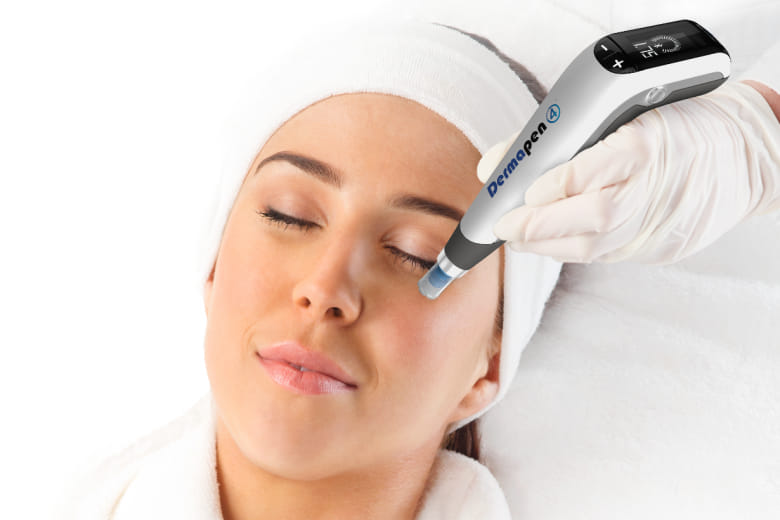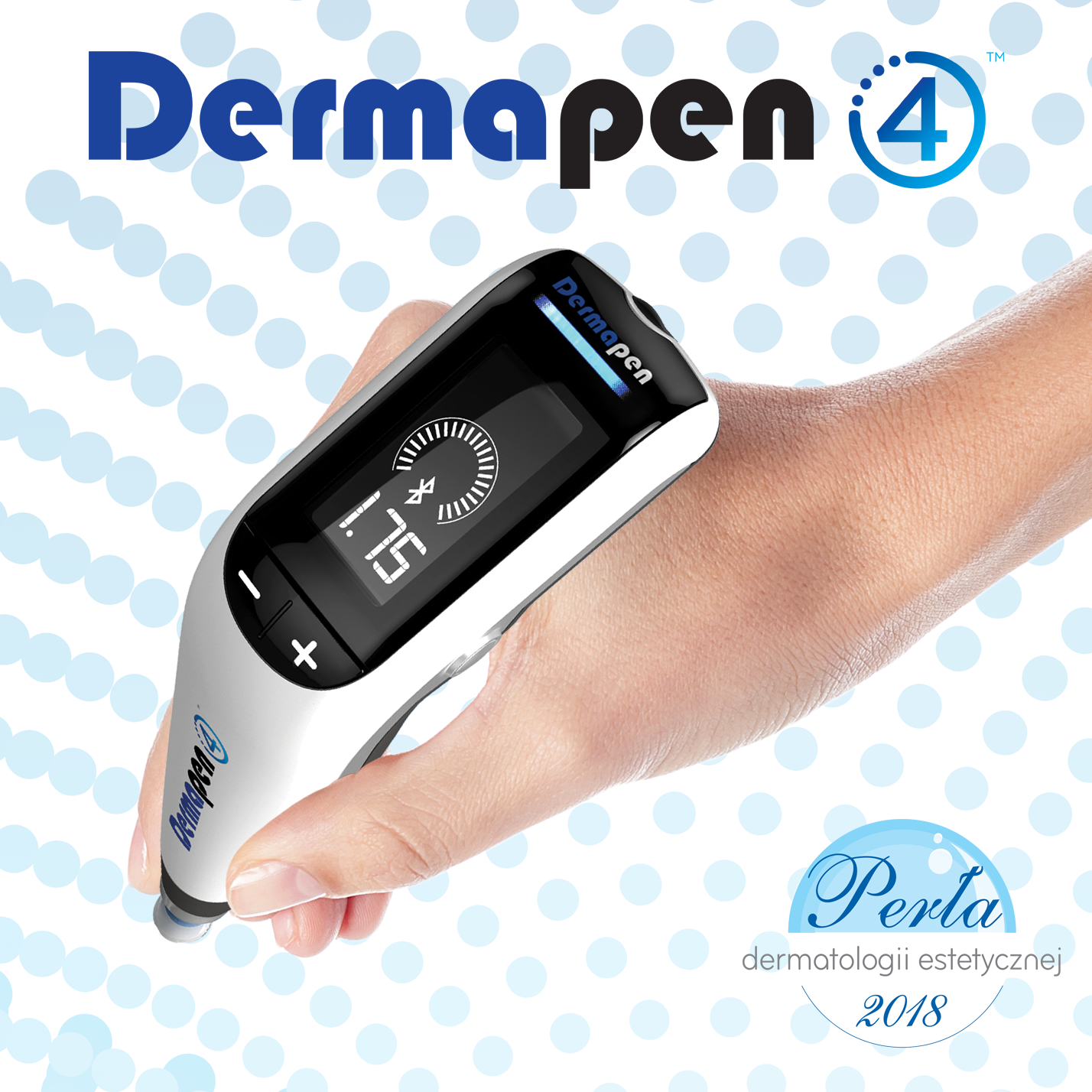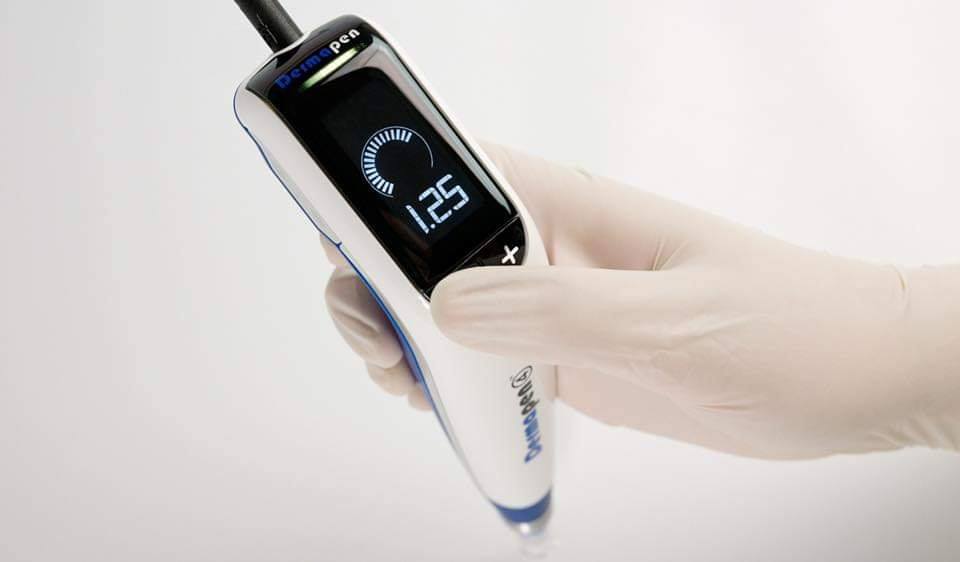Dermapen
n this procedure, we gently puncture the skin, thus, creating micro-injuries that stimulate the skin to self heal and enable regenerative processes. Our body launches a mechanism similar to the when our skin is wounded; however, in this case, the injuries are so slight that no scars are formed, but the skin is still stimulated to regenerate. In the first stage of the process, the platelets release growth factors, a cascade of newly formed epidermis cells, chemotaxis and proliferation of the fibroblasts, keratinocytes, and monocytes. All this leads to the second stage of the regeneration, in which collagen (type III, IV, and I), as well as proteoglycans, and glycosaminoglycans are formed. The process of angiogenesis (formation of new blood vessels) is launched. Finally, in the last stage, the results are visible: the skin tissue is remodeled and rebuilt. The vasculature is improved, and the skin structure is strengthened by the newly created collagen. The quintessence of this procedure is the fact that it utilizes the natural ability of the body to self-heal, regenerate, and remodel its tissues.







